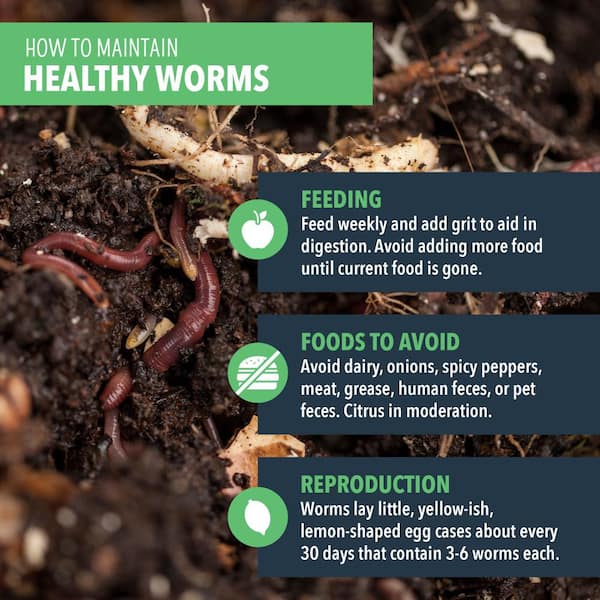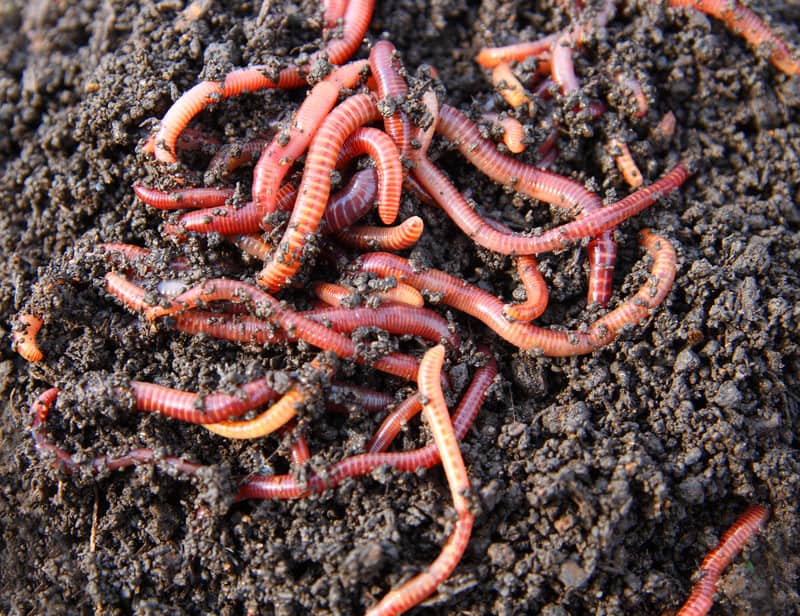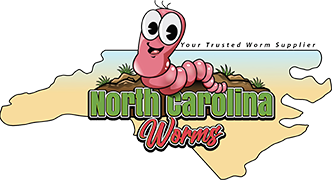The North Carolina Worms PDFs
Table of ContentsThe Basic Principles Of North Carolina Worms The 3-Minute Rule for North Carolina WormsUnknown Facts About North Carolina WormsGetting My North Carolina Worms To Work
Instance: 1-gallon of worm castings to 4 gallons of potting mix. Do NOT make use of a potting mix that has chemical fertilizers in it. Check out the labelit will certainly say. 1/2 mug in all-time low of the planting opening for smaller plants. 1 cup for bigger plants. ie. tomatoes, green peppers, summer season squash, and the like.
The enhancement of tea can also include boosted microbial biomass to your soil. You can constantly side-dress your plants with worm spreadings any time. Simply keep in mind, the bacteria will certainly die if exposed to UV rays (Sunlight), so make certain to cover the spreadings with an inch or two of dirt.
This baffled them for years up until the screening methods ended up being much better. It would obtain far better(with more spreadings), degree off, and then decline. Too lots of worm spreadings would certainly speed up the development to a rate that the plant might not recoup from.
North Carolina Worms Can Be Fun For Everyone
I have clarified the merits of worm spreadings for regarding 2000 words. Worm castings are no different. It takes time to create quality worm castings.
Worm castings certainly set you back more than chemical plant foods. Worm castings are on the cheaper end of natural fertilizers. (50 gallons per year) It is a much harder and really expensive investment to create large quantities of worm castings.

Producing a healthy and balanced soil might be the biggest advantage of worm castings. We discussed worm spreadings NPK and also the appropriate nutrient analysis that must apply to worm castings.
The Main Principles Of North Carolina Worms
We chatted concerning some of the disadvantages associated with worm castings. I covered a lot of material in this short article.
The upright burrows are normally open, although the worms top the top with residue and excrement. Origins require oxygen for their growth, whereas they produce carbon dioxide that needs to leave the dirt.
Earthworms boost porosity by two mechanisms: (1) by creating irreversible burrows, and (2) by boosting dirt aggregation. Aggregation is boosted by the blending of soil and organic issue in the earthworms' digestive tracts. Lake Hickory Bait. These extremely steady accumulations are transferred by some earthworms in their burrows, and by others at the surface area of the dirt


In one more research study, earthworms were approximated to eat 4 to 10 percent of the leading 6 inches of the dirt each year. Dirt compaction lowers the porosity of the dirt.
The Ultimate Guide To North Carolina Worms
Regular earthworm populaces can quickly consume 2 loads of dry issue per acre annually, partly digesting and blending it with dirt. The significance of earthworms to mix surface area residue with soil comes to be very clear in dirts that do not have any type of earthworms. Most of our Pennsylvania dirts contend least some earthworms, and the result of their full absence, therefore, can not be kept in mind.
(https://ecobluedirectory.com/gosearch.php?q=North+Carolina+Worms&search-btn.x=12&search-btn.y=6)In these soils, the formation of topsoil with sensible natural issue material did not take area, causing inadequate plant development. As soon as the reason was developed, the federal government of the Netherlands began a project to present earthworms. After the intro of the earthworms, a dark topsoil layer was created, and plant development boosted significantly.
They live primarily from partly decayed organic issue that is already included in the soil. They eat their way through the dirt, developing straight burrows that they loaded with their waste matter. These types ingest big amounts of soil that they blend with absorbed crop residue in their guts. or anecic species stay in irreversible vertical burrows that can be 5 or 6 feet deep.
These varieties consume substantial quantities of soil that they blend with digested deposit in their digestive tracts. Their excrement is largely deposited at the surface area of the soil.